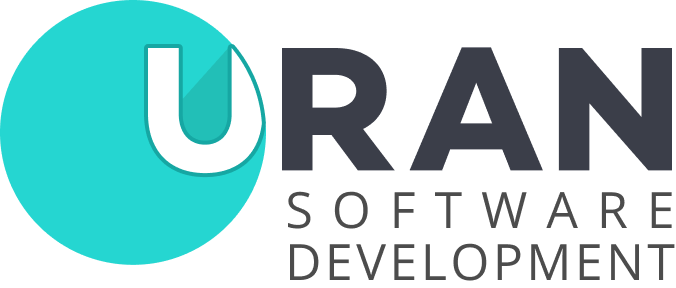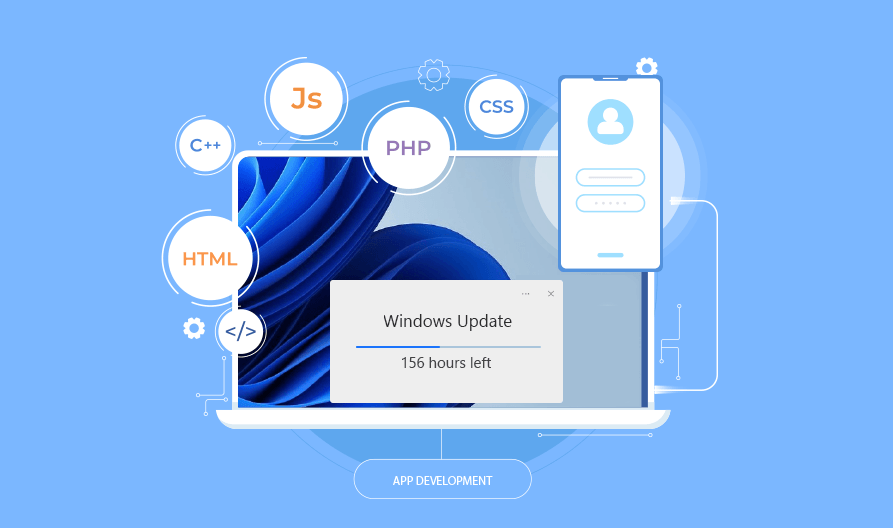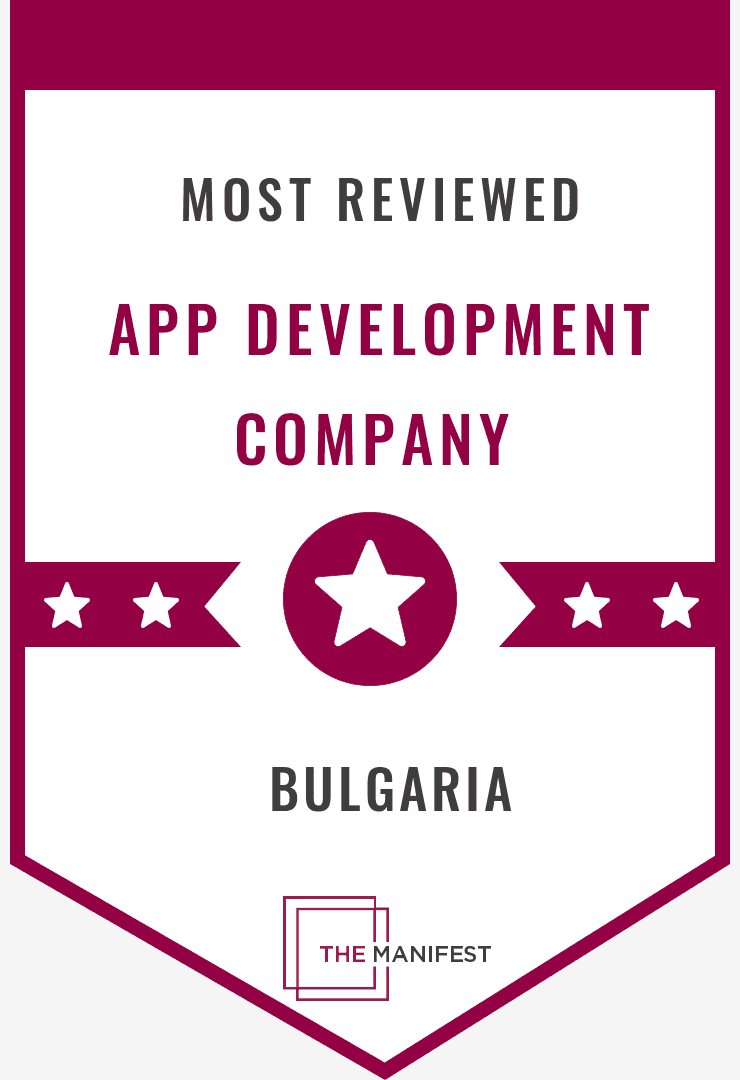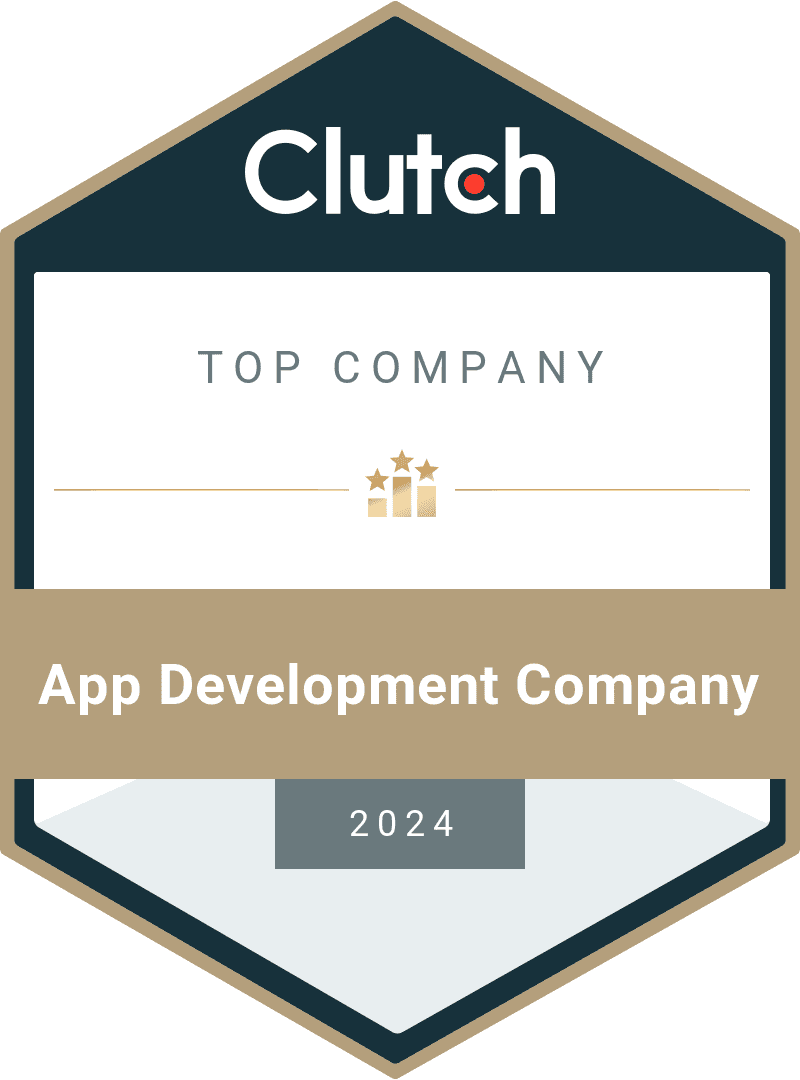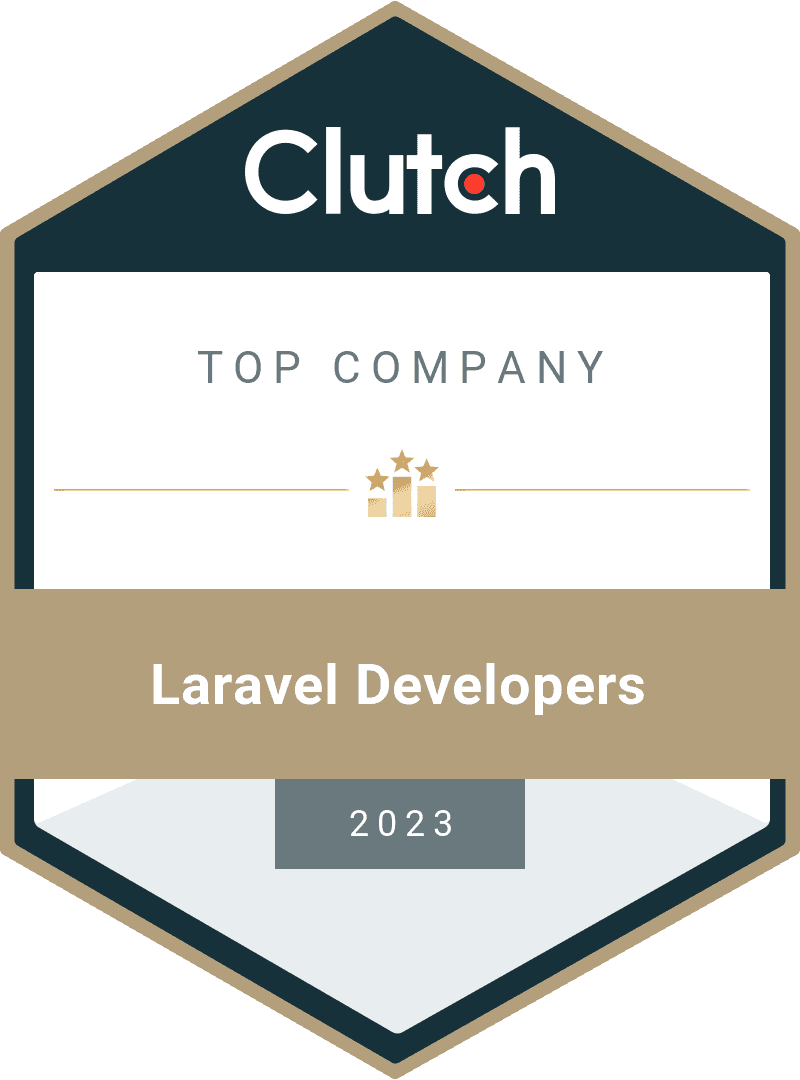Today, every business has a real need to develop in the area of the Internet.
With the help of properly created web applications, this can be done.
If you are planning to get the effect of web applications, we have prepared a detailed guide for you.
Here we break down what web apps are, their types, trends and applications.
What Is a Web Application?
A web application is a program that runs in a web browser. It is usually accessed through the Internet, and it usually involves some type of interaction with a database.
A website vs web app in that most websites do not require data entry or user interaction.
Web applications, on the other hand, usually allow users to enter data and then display it in a new view. It is similar to a desktop application, only it runs on a server and has a network connection.
They are used for a variety of purposes, including banking and shopping, photo sharing, social networking, writing blogs and articles, and more.
How Does a Web Application Work?
Web applications use the Hypertext Transfer Protocol (HTTP) to deliver content to users. Data is sent from the server in the form of HTML pages containing text, images, and video. These pages are then displayed in a browser window on the user's computer.
Web applications are made up of several parts that work together to create a holistic and user-friendly experience.
They work by connecting to a server, which then sends information to the user's browser through their Internet connection.
The browser then displays that information for the user to see. The convenience of using web applications is that they are designed to be intuitive.
They use simple language, color coding and formatting, and other visual cues to make it easier for users to understand what they are looking at and what they need to do next.
Also, the usability of a Web application relies heavily on its ability to provide the user with a reliable, consistent experience.
Web App vs Website: What's the Difference?
Web applications and websites are two different types of digital tools that are used to help users access information, services, and products online. They both have their own unique features and functions, but they also have some things in common.
To understand the difference in web app vs website, it's helpful to know how each works and what they are used for.
These programs can perform a variety of tasks, from playing games to helping you manage your finances. Web applications, on the other hand, tend to be more dynamic.
So web app advantages - they can be regularly updated with new information and features, or even changed by the users themselves (like a forum).

Web App vs Mobile App: What's the Difference?
Although both web application vs mobile app are designed to achieve the same goals, they are two different types of technology solutions. While they may seem similar at first glance, there are a few key differences between them.
Mobile apps tend to be more secure than web apps because they do not require an Internet connection. Web vs mobile app need to be downloaded from the app store and installed on your device before they can be used.
They are designed for tasks that require direct access to hardware features, such as mobile games or photo editing programs.
A mobile app vs web app often have more features than their web counterparts because they have more access to the resources of the device on which they were installed.
Types of Web Applications
There is a list of web app vs mobile app by type, which is quite extensive. For you, we will break down the main ones by list:
- Static Web Application
- Dynamic Web Application
- eCommerce Web Application
- CMS Web Apps
- Portal Web Application
- Single-Page Application
- Multi-Page Application
- Rich-Internet Web Applications
- Progressive Web Apps
Static Web Application
In short, a static web application is a website that contains no dynamic content.
This means that the website consists of HTML pages, images, and other static files that do not need to be updated frequently.
The user interface (UI) of this type of application is not dynamic, but rather static in nature because it does not change as long as the user uses the application.
This type of application serves as an interactive platform for users, which they visit after accessing the URL. They can then interact with the information provided on this platform without having to request any further action from the app.
Dynamic Web Application
We will now define dynamic web applications. A dynamic Web site requires users to enter data before they can view certain parts of the site's content.
This type of website has forms where visitors can enter their name, email address, etc. in order to access certain parts of the site. This type of application often uses cookies and sessions to know what information users have previously provided (or if they are already logged in).
This type of app allows users to perform certain tasks, such as checking their bank balance online or paying bills online, by interacting with this dynamic content, which may be stored in a central location on a server (which may belong to someone else).

eCommerce Web Application
An ecommerce web application is an online store in which users can purchase goods or services through a website.
This type of app usually has features such as a shopping cart and user accounts, so customers can buy items more easily than on other types of websites.
In a nutshell, a Web-based ecommerce app allows users to purchase goods through their phones/tablets or computers without having to visit physical stores!
An example of an ecommerce web application would be an online shopping cart system in which users can select the items they want to buy and then place them in a cart where they are stored until they checkout, when they pay all at once (or in another scenario).
CMS Web Apps
CMS web applications are applications that allow users to manage the content of a website. They can be used for e-commerce sites, blogs, and any other types of web application of site where users need to be able to add or edit information.
They use a content management system to manage content. They can also be used to manage other resources such as users, permissions, and so on.
These applications are designed so that users can easily create, edit and publish content on their own, without the need for help from developers or IT teams.
They are usually written in languages such as PHP or Java.
Portal Web Application
Portal Web Apps are similar to CMS Web Apps in that they allow users to view the information stored in the application over the Internet.
However, they differ from CMS Web Apps in that they are designed for simultaneous use by multiple people. For example, imagine using a portal Web App to order food from your favorite restaurant.
You can see what's on the menu and order from your phone while you wait for your friends at the restaurant - all without having to talk to anyone at the restaurant directly!
Single-Page Application
A single-page application (SPA) is an application that loads only once, but runs continuously without reloading pages until the user closes or refreshes it (such as most modern web browsers).
This type of application is often used for mobile devices because it presents all of its content on a single page rather than loading each piece as a separate page request.
This means that SPA applications load much faster than CMS applications, because there is no need to make multiple requests for each piece of content - they are all loaded on one page, so a single request is enough to load all the content!
Multi-Page Application
A multi-page application is a web application built using JavaScript and HTML that loads multiple pages as you navigate through the application (as opposed to a single-page application). They allow the user to move between multiple pages without having to reload. Common examples are Microsoft Word and Microsoft Excel.
They can be used for a variety of purposes such as financial management, customer relationship management, etc. Either way you can find a decent use for it.
Rich-Internet Web Applications
Rich-Internet Web Applications (RIWA) take full advantage of modern browsers to provide a seamless user experience.
They can be accessed from any device and are often used for gaming and entertainment. RIWAs are also known as "Web 2.0" applications because they were developed in the early 2000s as part of an effort to make Websites more interactive across platforms and devices.
Rich-Internet Web Applications are a type of application that can be installed on a user's computer.
They are not just Web pages, but have additional features and capabilities such as offline access, specialized programming languages and tools, and access to other devices.
Progressive Web Apps
Web applications that use advanced enhancements to improve performance on slow networks. They also provide the ability to work offline when connected via Ethernet or Wi-Fi so that users can access information even when they are not connected to the Internet.
Progressive Web Apps (PWAs) imply that an application can act like a native application, but it is created using only HTML, JavaScript and CSS.
A PWA is created using progressive enhancement, so it will work on any device or browser - even without support for JavaScript or CSS.
PWAs are much faster than RIWAs because they don't require a plugin like Flash Player or Silverlight; instead, they rely on HTML 5 coding standards that were designed specifically for mobile devices.

Web App Development Trends for 2023
Web application development is a constantly evolving field, and the trends shaping it are changing rapidly. Here are three major trends to watch for in web app development in 2023.
Web apps will be more mobile-friendly than ever before
Mobile-friendliness has been a top priority for web apps for several years, but this trend will continue as more and more people rely on smartphones and tablets as their primary computing devices.
The rise of artificial intelligence development services will make web applications more personalized
It really is one of the best latest trends in web application development. In 2023, expect AI-enabled technology that will allow your phone to automatically answer questions before you even ask them, or tell you how best to complete a task based on your past behavior and preferences.
Technology Stack for Web Application Development
The world of web applications is changing rapidly, and enterprises must be prepared for what comes next. Enterprises must focus on two key elements in web application development if they want to succeed:
- Backend frameworks.
- Frontend frameworks/libraries
Backend frameworks
Frameworks are sets of prewritten code that allow developers to quickly and easily build applications with minimal effort on their part.
Frameworks help developers solve problems such as authentication, security, data validation, and user management.
There are many different types of backend frameworks, but they all have one thing in common: they allow developers to write code that is easy for other programmers to read and understand.
They also make it easier to share code between projects by creating common standards for what should be done in code, such as how databases should be accessed or how files should be handled.
Frontend frameworks/libraries
Since web application development can be done using different frameworks and libraries, Frontend frameworks/libraries are the best technology for web application development to create client-side interfaces (what users see) for web applications.
They allow developers to easily create user interfaces by providing a set of pre-written code that performs common tasks such as event handling or server interaction.
Frontend frameworks/libraries are used in conjunction with Backend frameworks/libraries to create the entire web application.
Web application development technology: Frontend developers work with technologies such as HTML, CSS, and JavaScript to create user interfaces. Meanwhile, backend developers use languages such as PHP, Python, Ruby, and databases like MySQL and MongoDB.
Web Application Development Process
The web application development process can seem grudgingly complex. This is partly true, because without some knowledge it is simply impossible to achieve sufficient success in web application development process flow.
We encourage you to carefully read the following step-by-step guide to the development process.
1. Define the problem you are solving
Before you create anything, it's important to determine what problem your application solves. Determine the problem that is relevant to your target audience and that it can relate to.
This will help both in determining the scope of the project and in getting your client to agree on what needs to be fixed. Don't worry if the problem isn't clear yet - this is the first step to solving it!
It's important to understand what problem(s) you're trying to solve. It could be a very specific customer request, or it could be something you've been thinking about for a while. Whatever the case may be, this is the step where you determine what you need to create and why.
2. Plan the workflow of your web application
The next web application development process steps are to plan how users will interact with your app.
What steps will they go through? What information do they need ahead of time? What happens when they're done? How do they get back to where they left off?
Just develop web application plan for how users will navigate through your application, what they will do, and how they will interact with it.
By identifying the problem(s), you can begin to plan how users will interact with your product. You should be able to visualize what each screen looks like and how users will move from one screen to the next.
If this is difficult for you, consider using wireframes or prototypes to help visualize what your product will look like before you write code.
3. Wireframe/prototype your web application
Now that we have an idea of what users need from the app and what steps they will take. Once you have planned how users will interact with your product, it's time to start creating diagrams or prototypes that show exactly how users will navigate through each screen of your app.
They should be created in HTML so that they can be easily shared with other people who can contribute to improving them or implementing them into the codebase (i.e., developers).
It's also helpful if these diagrams are interactive so that others can accurately test various features before writing the code themselves!
4. Receive Validation
Once you've chosen a language and framework for your web application, it's time to get validation. This is the part where you get feedback on whether your idea is feasible and whether you are creating what people need.
The first step in validating your idea is to think about who will use your web app and what problem it will solve for them. You should also think about how much time they will spend using it, as well as how often they will use it.
Once you have this information, think about how much money they would be willing to pay for a solution like yours.
5. Choose your firepower
Once you've made sure that people have shown interest in your product by signing up, clicking on links, etc., it's time to decide what programming language or platform would work best for your project.
If you are building something simple, like an e-commerce site where users can buy products online and pay for them using credit card information stored in their account profile, something like PHP (which stands for "PHP Hypertext Preprocessor") would be ideal because it is fast, easy to use and has tons of resources online so anyone can quickly learn to use it (even if they don't have much coding experience).
6. Build your web application
The most important step in creating an application is to create the basic structure of the site. You will need to decide what the pages will look like and what functions they will perform.
Will there be any databases or other elements that need to be created? Will there be any recurring features, such as a user login?
Once you've decided on the layout, it's time to get to work on the code! It may involve HTML, CSS, JavaScript and other languages, depending on what technologies you use. You'll need to go through each page and make sure it looks the way you intended, and then test it!
7. Test your web application
Test the application thoroughly to make sure that it works correctly and meets all requirements. Testing is an important part of web development because it helps to make sure that everything works as intended before the application is launched.
It also helps to identify any bugs or problems on the site so that they can be fixed before launch day arrives (which also saves money).
The testing process usually involves checking all possible combinations of pages/functions so that developers get a full picture of how each part works individually, as well as seeing how they work together as a whole (or group of parts).
8. Host and deploy your web application
You need to host your web application on a server. You can use any server that supports Node.js, but it's easiest to use a cloud platform where you don't have to manage the server yourself.
Once you've set up your hosting environment, you need to deploy your code to it. To do this, you use the Git repository, which is how GitHub stores its data.
To install Git on your computer, visit git-scm.com and follow the instructions to download and install it on your computer.
Once you've installed Git, clone the repository from Github.com by clicking the "Clone or download" button in the upper right corner of any page on Github, then click "Download ZIP".

How Much Does it Cost to Build a Web Application?
So what is the cost of web application development?
The short answer: it depends on the situation.
Web applications can range from simple, static websites that are updated only once or twice a year to complex applications that adapt based on user behavior and interact with multiple databases. The latter require more upfront planning and design effort and, therefore, more money than the former.
But even for the simplest Web applications, there are many factors that affect the final web application development cost. Here are some of them:
What is your budget? This is probably the most obvious factor in determining how much it will cost to build a Web application.
What Are the Advantages and Disadvantages of Web Applications?
Development has enough advantages and disadvantages of web application. Of course, we will briefly discuss both for you.
It is worth first considering the development of a web application, because today they can solve most of the business problems, while spending less time and money on development.
Advantages of Web Apps
The app advantages to web are easier to maintain than desktop apps because they can be accessed from anywhere and maintained in the cloud, which means you don't have to worry about moving large files or keeping them up to date.
No need for user-side updates and easier to maintain on the site owner side, with virtually guaranteed cross-platform availability.
No need to request permissions from stores.
You can see advantages of web app being more responsive than desktop apps because no software updates are required, and all maintenance work can be done on the server side.
Disadvantages of Web Apps
There are some web application disadvantages. They can only be accessed via the Internet, so if you don't have an Internet connection, you won't be able to use the web application.
Less elaborate user interface. The lack of standards among mobile browsers can make it difficult to evaluate the compatibility of an app (there is also the possibility of a hybrid native and web app, which allows manufacturers to develop mobile apps that combine an output buffer with a web app.
A hybrid app would be a great compromise between the cost of developing a web application and its functionality).
Conclusion
In conclusion, we can say what is a web application and that the development of web applications is not a simple task. After all, it requires knowledge of many technical nuances and the ability to solve business problems. But if you face such a task, do not despair!
There are many ways to solve how does a web application work and make the process of creating your own web application as simple as possible.
In this article, we looked at different types of web application and discussed their features. We also looked at what trends are worth looking at, how to set a proper budget, and how long it takes to develop each type of app.
We hope this article will help you choose the type of web application that fits your business needs.
Relevant Articles:
